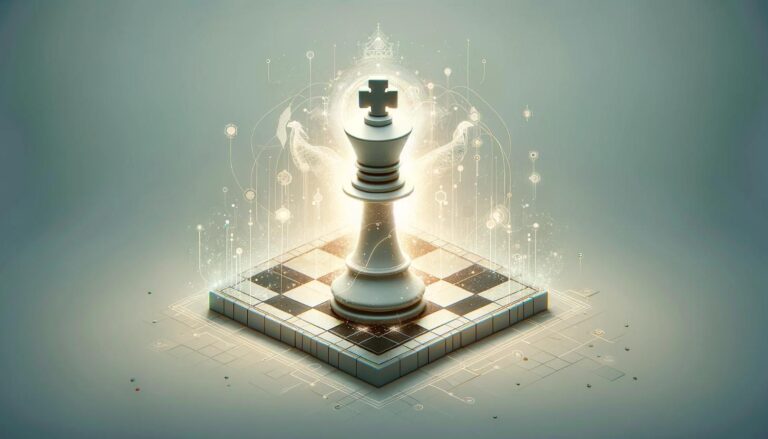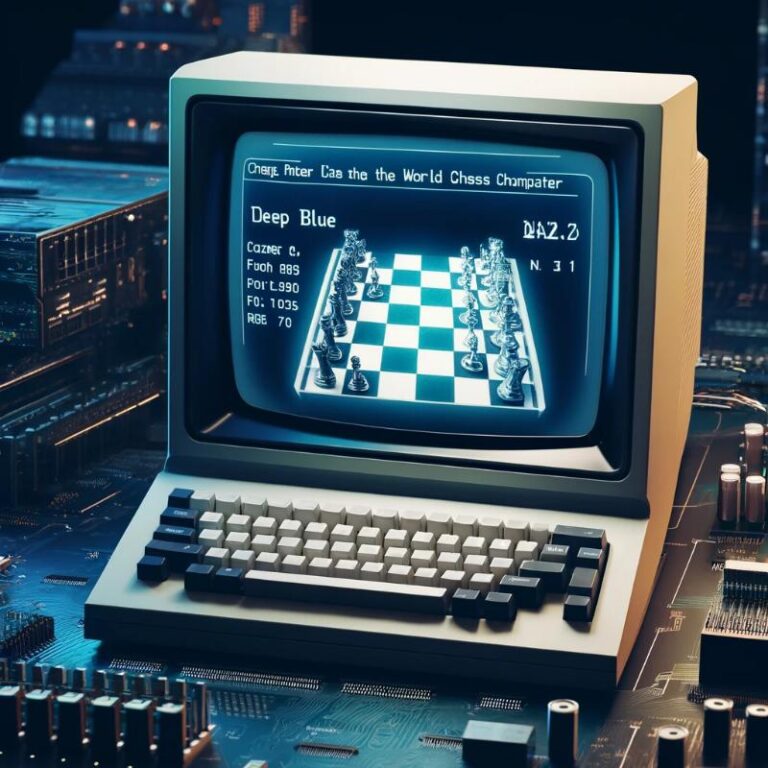Introduction
Deflection chess is a strategic concept in the game of chess that involves forcing your opponent to make undesirable or suboptimal moves. This can be achieved by creating a threat or distraction on the board that forces the opponent to respond, ultimately giving the player an advantage in the game. In traditional chess, players often focus on creating strong positions and capturing their opponent´s pieces. However, in deflection chess, the focus shifts to creating a confusing and dynamic board state, forcing the opponent to make mistakes. In this article, we will explore the concept of deflection chess in depth and understand how it can be used to outsmart opponents.
How does deflection chess work?
Deflection chess involves making moves that force the opponent to make undesirable moves. This can be achieved in several ways, including creating distractions, setting up traps, and exploiting weaknesses in the opponent´s position. One of the key principles of deflection chess is to create multiple threats on the board simultaneously, forcing the opponent to choose between defending against one threat or the other. This puts the opponent in a dilemma and increases the chances of them making a mistake.
Psychology in deflection chess
Apart from the strategic aspect, deflection chess also involves a psychological game between the players. By creating multiple threats and distractions on the board, a player can cause confusion and frustration in the opponent´s mind, making them more prone to making mistakes. This is especially true in high-pressure situations, such as tournament matches, where players are more likely to make mistakes when under pressure.
The risks and rewards of deflection chess
While deflection chess can be a powerful strategy, it also comes with its own set of risks. Making too many deflection moves can weaken a player´s position, leaving them vulnerable to counterattacks. It is essential to strike a balance between creating distractions and maintaining a strong position on the board.
On the other hand, mastering deflection chess can offer significant rewards, as it can give the player an advantage over their opponent and lead to a win. It also requires a creative approach to the game, making it an enjoyable and challenging strategy to use.
Examples of deflection chess
To better understand how deflection chess works, let´s take a look at some examples from real games. In one of the most famous games in chess history, the Immortal Game, Adolf Anderssen used deflection tactics to defeat Lionel Kieseritzky in just 23 moves.
These examples showcase how powerful and effective deflection chess can be when executed correctly. With the right combination of tactics and a deep understanding of the game, a player can use deflection to their advantage and outwit their opponent on the chessboard.
Conclusion
Deflection chess is a fascinating strategic concept that requires a high level of skill and calculation. By utilizing different tactics, players can create distractions and force their opponents to make undesirable moves, giving them an edge in the game. However, it is important to strike a balance between creating distractions and maintaining a strong position on the board. With practice and experience, one can master the art of deflection chess and use it to outsmart their opponents.






